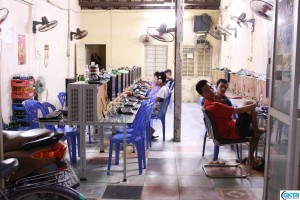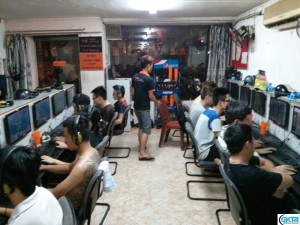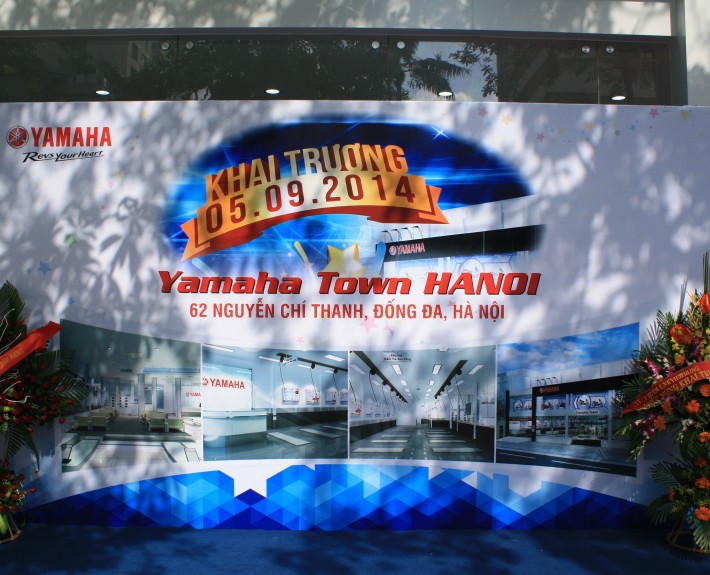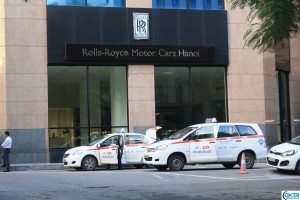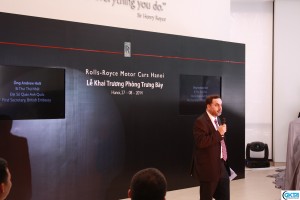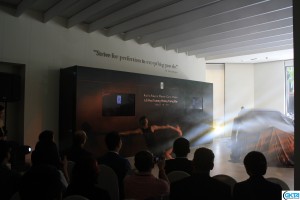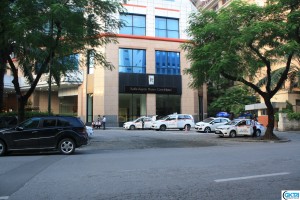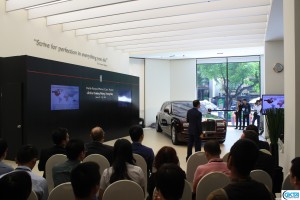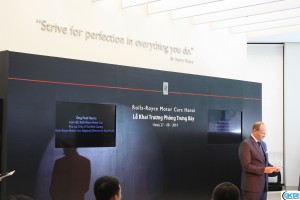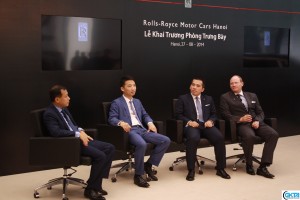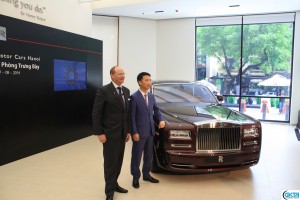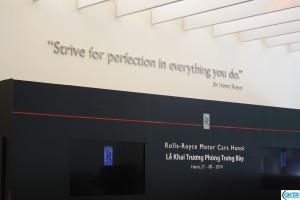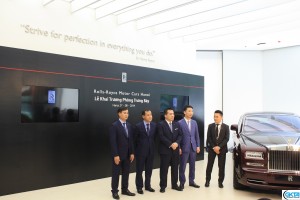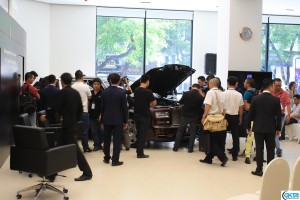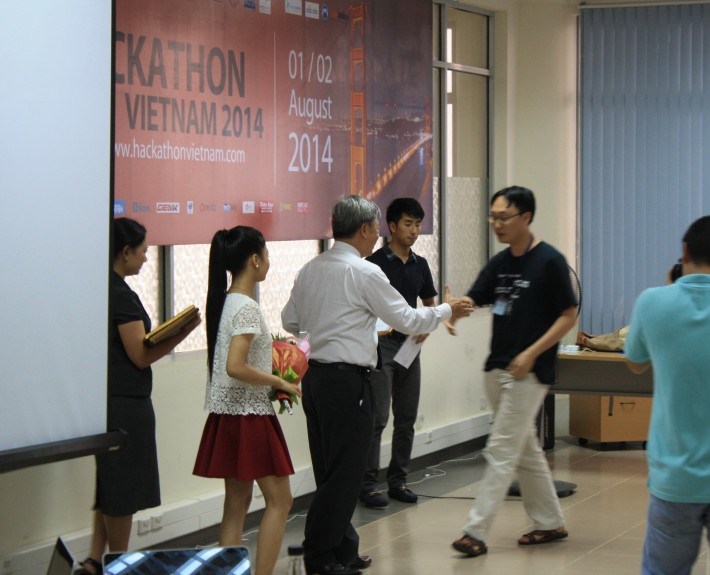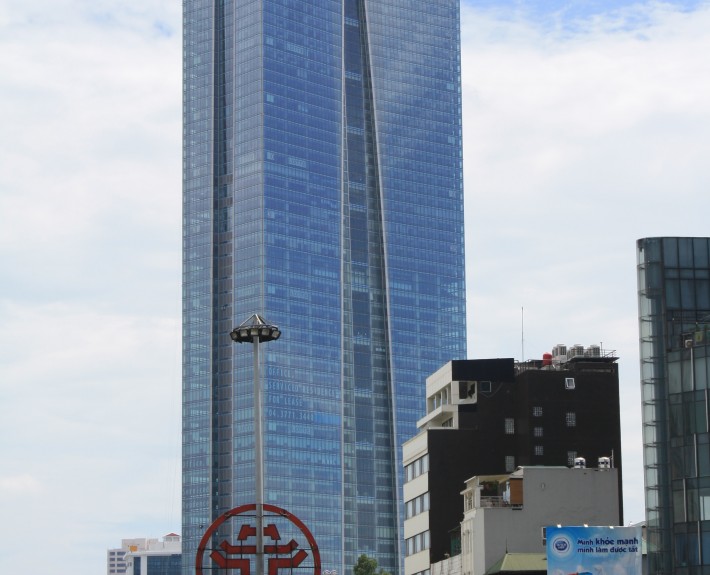Vientiane, Lao PDR
In the 1960s Vientiane had the reputation of being the wildest city in Asia. Today, Laos–with Vientiane as its “sleepy” capital–is known as one of the most underdeveloped countries in the world. Usually, people know one of two facts about Laos: that it is land-locked or that it is the most heavily-bombed country, per-capita, in the world as a result of being a battleground for 20th century ideology. However, these quick facts don’t do the beautiful country and its warm and friendly people justice–and this basic knowledge barely scratches the surface of the complex history of Southeast Asia.
Laos shares a linked history with Vietnam but this relationship was further strengthened during French colonial times, and continued through the Second Indochina War. Even today, there are strong and deep ties between the two countries; for example, earlier this year Vietnam funded an upgrade to the Kaysone Phomvihane museum in Vientiane.
Similar to Vietnam, Lao PDR began to open its economy to the world in 1986 but maintained strict controls on its political apparatus. Despite the current political and economical situation, there is foreign investment here; a significant portion of new construction projects are implemented by either Vietnamese or Chinese companies depending on the size of the project. For existing construction, the electrical wiring indoors, while exposed, is run neatly, and the wiring in the streets are bundled together in an orderly fashion. In homes, switches and outlets are grouped together in junction boxes that are dispersed at chest level in various rooms. Anecdotally, the power might go out for a few hours once a month in the capital.
The most visible element of consumption by the upper class, luxury vehicles, are somewhat common throughout the capital and there are some nicely designed houses in a westernized sort of style dotted throughout Vientiane. The Toyota Hilux is the unofficial vehicle of Laos as it is ubiquitous throughout the capital. Furthermore, a significant number of vehicles are modified from their stock origins in some way–be it hood scoops, snake eyes, or chrome accents–so there is a growing tuner culture in Vientiane.
Unfortunately, rush hour traffic fills up portions of the city quickly and traffic jams can occur for no apparent reason, e.g., lack of a traffic collision or police checkpoint. When there isn’t heavy traffic, whirring diesel engines and turbo-chargers spooling up in SUVs are common sounds (and the drivers love to careen down roads meant to be driven on no higher than 30 or 40 KPH). Mercedes-Benz, Porsche, and other luxury vehicle brands have dealer presences in the capital; considering Lao PDR’s economic rankings, it can be surprising to see the Mercedes SLS in a showroom—and even more surprising to see it on the roads of Vientiane.
Vientiane Through Foreign and Local Eyes
Chiang Mai, Thailand and Vientiane, Lao PDR are two cities that are similar despite being in different countries; in terms of population, consumer preferences, and lifestyles they are very much aligned. Additionally, there is a strong Thai influence in regards to fashion, youth culture, news, and entertainment in Laos. The Lao PDR capital is literally across the river from northern Thailand, after all.
Even though many Thailand-based expats (farong in Thai) travel to Vientiane for visa-runs, it’s surprising that there isn’t a larger presence of foreign freelancers in Vientiane and in Laos in general. From a visa perspective, it can seem quite attractive for remote workers and there exists the support for foreign freelancers in Vientiane in the form of Toh Lao co-working space. For foreign full-time professionals, the options range from EMC to Sciaroni and Associates to DFDL (the last organization having been founded in Lao PDR). Of course, there are also some foreign banks such as VietinBank and Sacombank (Vietnamese banks) that have branches in Vientiane and there are also many foreign restaurants in the capital to represent small expat-operated businesses—Istanbul Restaurant, Soul Kitchen, and Jamil Zahid to name a few.
Many Non-Governmental Organizations (NGOs) have a large presence in Vientiane as well so there are expat support staff who regularly work with their local counterparts. In general, locals and foreigners who might meet and develop a romantic interest in each other can’t live together and sexual relations between them are forbidden–but marriage is always an option for those who find their soul mates in Lao PDR. A good way to meet people in the Vientiane business community is via weekly events such as the meetups put on by AmChamLao. In addition to the robust expat house party scene, there are the famous get-togethers at CCC bar in downtown Vientiane. Overall, Vientiane is a small place—there is a sense of a village mentality so reputation is important since “everyone knows everyone” in both the local and expat communities.
Outside of Vientiane and into the Countryside
The youth of Lao PDR’s high-society (Hi-So) in Vientiane can be found at Mark2 or Marina wearing trendy and/or revealing clothes and dancing the night away to western style arena house music from Thursday through Saturday nights. “After hours” almost always includes karaoke in some interesting but comfortable places for all sexes (since the culture is inclusive). Yet, these experiences are so far removed from the daily lives of the average Laotian.
Outside of Vientiane things quickly become poor besides a few cities like Luang Prabang, Pakse, and Suvannahkhet. Think unpaved roads, wooden huts, shoeless children, etc. However, throughout Lao PDR there exists a deeply respectful and hospitable culture with a strong beer drinking tradition; Lao people are perhaps the most laid back in Southeast Asia. The quintessential Lao experience is singing karaoke on a nearby river or body of water while drinking Beerlao. Social gatherings are important and women and men are not always separated at these events where people are sometimes sitting on the floor and are sharing food with one another. One unique aspect of Lao culture is the use of a single glass to drink beer in addition to a personal glass, which is passed around and shared among all the guests at an special event.
Other activities that Laotians enjoy include fishing, football (there already is a healthy representation of the up-to-date Germany World Cup jerseys), and petanque. Petanque in Laos is different than petanque in France (where it originated) and government ministries usually have a petanque court on site. Half the government ministries have their signs in French, and the other half in English (besides Lao)–the same goes for the road names in Vientiane.
The three most visible brands throughout Laos are Beeline, a telecommunications company; Beerlao, a product of Lao Brewing Company—a joint-venture between Carlsberg and Lao PDR; and Johnnie Walker, which is also popular in Thailand. Beerlao is on every restaurant sign as well as restaurant equipment such as standees and cash register desks—the result is a very large market share of beer consumption in Lao PDR.
A Future Focus
Officially, the Lao PDR government actively seeks investments in agriculture, hydropower, manufacturing, and tourism, according to its investment brochure. Organically, Laos experienced its first Startup Weekend ever in Vientiane in May of this year. Last week, Nana Souannavong, president of Snap International, and co-founder of Toh Lao co-working space, was gracious enough to explain to us the state of the startup ecosystem in Vientiane.
As Nana sees it, the biggest challenge ahead of the Vientiane startup community is getting people to understand what a startup is and getting people to be more entrepreneurial because they like the stability of public sector jobs. She shared with us that a generally strong curiosity among participants and a higher proportion of female entrepreneurs are the biggest strengths of the startup community in Vientiane. Those (aspiring) entrepreneurs who are passionate are the hardcore ones who stick through the multi-day events such as Startup Weekend–and they will be the ones to get the most out of the events. It gave her hope to see so many people show up to the first Startup Weekend because if no one showed up then she knew that the community wouldn’t be ready for another five years–the fact that people showed up was a huge victory for the Vientiane startup community. Nana also revealed that the winners of the May event are still working on the concept but as a side project since the team members already had a full-time focus before winning at the Startup Weekend.
While the official Lao PDR Small and Medium Enterprises (SME) office also supports startups, there will be many challenges on the way to creating and building a suitable environment for venture capital (VC) firms and angel investors to operate in—something does not exist although there are other forms of external investments. However, the legal framework does exist for foreign investors and founders in regards to equity but only outside of the retail industry. Nana’s advice to future entrepreneurs is to “think through what you are trying to do to understand the consequences.” Along those lines, her favorite quote is “life is an investment.” She should know since her company provides financial advice in money markets for local and foreign companies.
Startup Vientiane
At the Startup Weekend, there was a mix of tech and non-tech products and services being pitched but going forward there are no obvious areas for startups to form around. Y Combinator, perhaps the most prestigious startup accelerator, has a Request for Startups (RFS) feature on its website. While the list below is not a request for startups in the strictest sense, it does provide an external view on the opportunities in Vientiane and beyond after speaking to locals and longterm residents.
Opportunities for Startups:
-Targeting tourism (perhaps first via Triip.me and then expanding on original concepts specifically for Lao PDR)
-Creating accounting controls (perhaps in the form of mobile applications) for local and/or foreign SME in Lao PDR
-Products and/or services for the many NGOs in Lao PDR, e.g., tools to train local staff or tapping into external crowd funding
-Leveraging the growing consumer communities (for example, the car tuner culture) and collecting data points on them
-Helping expats to adjust to Laos by finding housing, goods, or services more easily (a better English->Lao dictionary, for example)
Perhaps when people think of Lao PDR in the future, a third fact might enter their consciousness: a growing startup hub centered around Vientiane. The people in Lao PDR have many things to offer the world–foremost among them is their hospitality and resilient attitude–this much is apparent upon crossing the border into Lao PDR. Another Startup Weekend is scheduled for later this year at Toh Lao co-working space–hopefully, the organizers will be able to build off the success of the last event and the participants will take even bigger risks to share their ideas with the community. It will be a long road indeed, but with community leaders like Nana, anything is possible.

















































